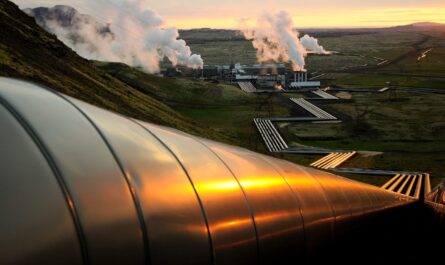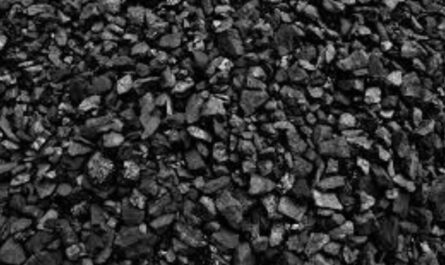Steam turbines are rotating machines that extract thermal energy from pressurized steam and convert it into useful mechanical work. They are commonly used to generate electricity and pull ships through water, but their working principle can also be applied in other industries for tasks like pumping and generation of rotating shaft power in factories. Let’s explore the inner workings of steam turbines and their significance in modern power systems.
What is a Steam Turbine?
A steam turbine consists of a rotor positioned in a casing. It has alternating stages of stationary and moving turbine blades attached to the rotor, with each stage designed to extract energy from the steam. Pressurized high-temperature steam enters the first stage of moving blades, known as the rotor, causing them to spin. The steam’s velocity and pressure are converted into rotational power by the spinning rotor. After exiting the rotor blades, the steam enters the stationary blades of the next stage where more energy is extracted, causing further spinning of the rotor. This process is repeated across multiple stages to maximize energy extraction from the steam. Finally, the low-pressure steam exhausted from the last stage is condensed in a condenser and recycled. The spinning shaft coupled to the final rotor stage delivers mechanical power that can be used to drive electric generators, pumps or propellers.
Types of Steam Turbines
There are a few common types of steam turbines classified based on their working principles:
– Impulse Turbines: These utilize the kinetic energy of steam jets to spin rotor blades without changes in steam pressure or temperature. De Laval turbines mainly fall under this category.
– Reaction Turbines: Both pressure and kinetic energy of steam are used in these turbines. Pressure drops gradually through stationary and moving blades as steam flows through multiple stages. Rate of steam flow and energy extraction is higher making reaction turbines more efficient. Curtis and Parsons turbines are most prevalent reaction turbines.
– Mixed-Flow Turbines: They are a hybrid of impulse and reaction turbines where steam flows axially as well as radially through stationary and moving blades.Efficiency lies between impulse and reaction turbines.
Applications of Steam Turbines
Power Generation: The most common application of steam turbines is in large utility power plants where they drive electric generators. Thermal power plants using coal, natural gas or nuclear reactors produce high-pressure steam that powers steam turbine-generator sets. Over 90% of world’s electricity is generated this way.
Marine Propulsion: Steam turbines connected to propeller shafts are widely used to power ships, aircraft carriers and submarines. Their compact design and high power density make them suitable for marine applications. Cargo ships, battleships and aircraft carriers usually utilize steam turbines.
Industrial Drives: Industries use steam turbines of smaller capacity for driving pumps, blowers, compressors and other rotating equipment. Their self-contained and reliable operation is suited for factory automation. Paper mills, sugar plants commonly use steam turbine drives.
Advantages of Steam Turbines
– Higher Efficiency: Well-designed modern steam turbines can achieve thermal efficiencies over 40%. Multistage extraction turbines optimize heat utilization.
– Compact Design: High power density allows steam turbines to be smaller and more space efficient compared to internal combustion engines producing equivalent power output.
– Flexibility: Steam turbines exhibit load following characteristics and can smoothly adjust power output as steam pressure and quantity varies. This makes them suitable for base load power generation.
– Reliability: Proven track record of over 100 years with negligible emissions, downtimes and maintenance requirements gives steam turbines an edge over other prime movers.
– Modularity: Power output can be scaled up or down with relative ease by adding or removing turbine stages according to needs.
Challenges with Steam Turbines
While steam turbines remain highly efficient for large-scale power generation, some challenges cannot be overlooked:
– Low Thermal Efficiency at Low Loads: Part-load efficiencies drop significantly below 30% as steam conditions are insufficient to fully load all turbine stages.
– Steam Plant Inflexibility: Time is needed to start up, synchronize and ramp up/down a steam power plant. Not well-suited for following intermittent renewable power.
– Water Consumption: Steam cycle relies upon abundant cooling water availability which can be an issue in arid regions or during drought seasons.
– Emissions from Fossil Fuel Plants: Steam turbine power stations burning coal release CO2 emissions contributing to climate change if carbon capture is not implemented.
– Upfront Capital Costs: Setting up a steam power plant involves massive investments and long construction periods before any power or revenue is generated.




